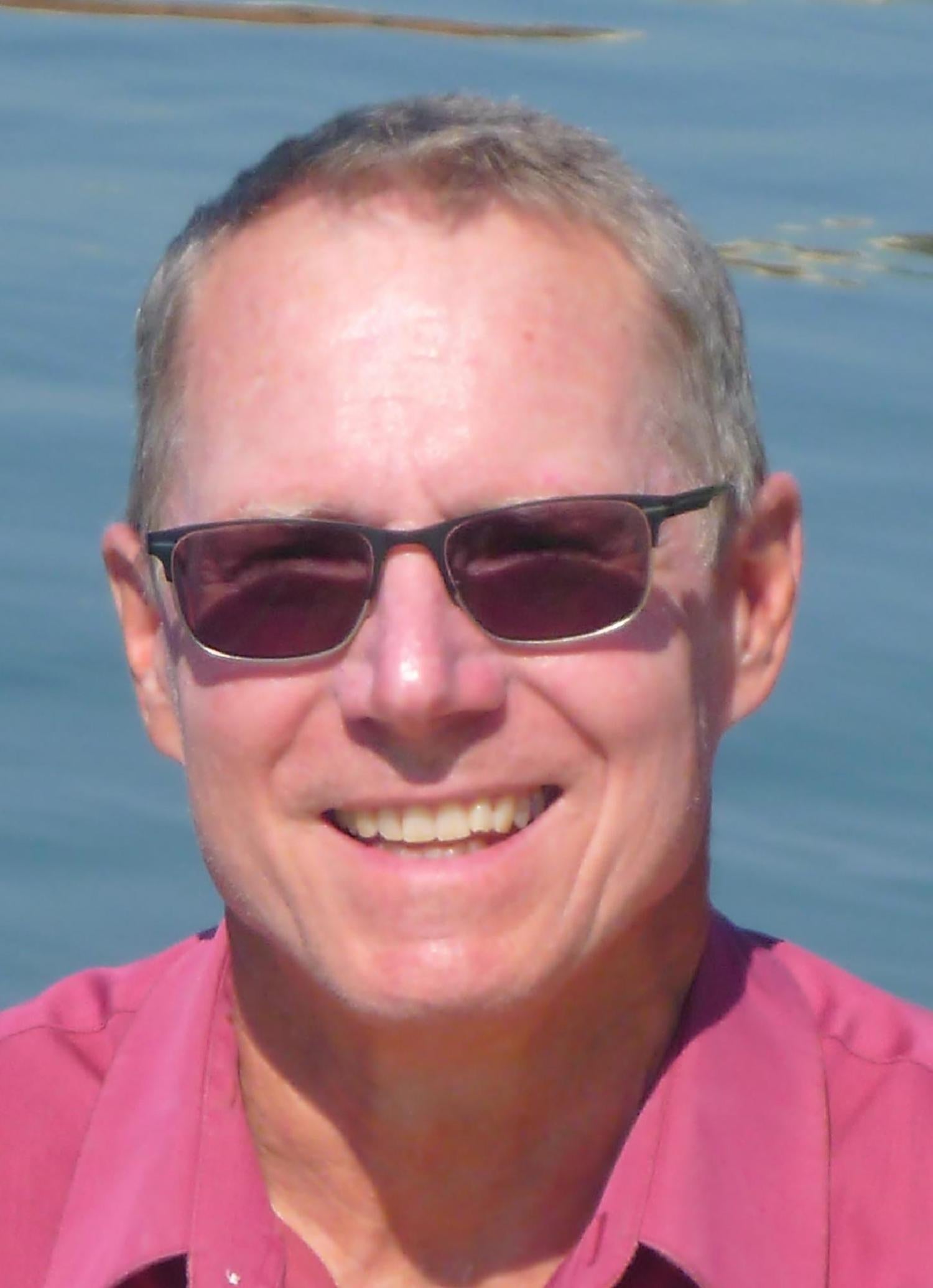Donald Rosenberry
- Research Hydrologist, Water Mission Area, U.S. Geological Survey

Don Rosenberry is a research hydrologist with the U.S. Geological Survey in Lakewood, Colorado, specializing in hydrogeology and geomorphology. Don studies the hydrology and hydrogeology of lakes, wetlands and streams, with a primary interest in improving our understanding of flow between groundwater and surface water and the processes that affect and control that exchange. Development of new tools and methods for quantifying groundwater-surface-water exchange has been a particular emphasis during the past decade. Although Don is based in Colorado, he has benefitted greatly through working at long-term research and monitoring sites in Nebraska, North Dakota, Minnesota, and New Hampshire. Don is a CU alumnus and enjoys continuing collaborations with CU students, faculty, and fellow alumni.
Abstract: The Powerful Combination of Biology and Hydrology at the Interface between Groundwater and Surface Water
Flow across the sediment-water interface of lakes or streams or wetlands is commonly determined by measuring the vertical hydraulic gradient and estimating vertical hydraulic conductivity. This gradient-based method assumes flow between groundwater and surface water is driven only by physical processes, which may be a poor assumption. Biological processes can also create substantial flows of water. In some settings, biogenic gas is released that either blocks pore spaces and reduces flow, or escapes to the surface water and increases measured flow. Biological influences are broad and range from near-shore transpiration of groundwater, to filtering animals on and in the sediment bed, to decomposers that generate constant or episodic releases of gas from the sediment. High-temporal-resolution seepage measurements can indicate the magnitude, frequency, and duration of these biologically driven seepage rates. For example, upward seepage at the shoreline of a Minnesota lake varied diurnally by more than 30 percent as plants growing on an adjacent peat surface intercepted groundwater before it could discharge to the lake. Vertical hydraulic gradient, meanwhile, was stable. Shrimp on or near a sediment bed in Puget Sound caused seepage to flow in the opposite direction of that indicated by adjacent seepage meters where shrimp were not present. At an estuary in New York City, another species of shrimp created highly variable seepage rates that averaged 20 times faster than other measurements made nearby. A few hundred meters away, decomposers created a measurable effect. More than 3 L of gas was released during several hours of seepage measurements that spanned low tide. The inferred seepage caused by ebullition was four times faster than the average seepage measured at that location. These and other data indicate that we likely have been underestimating fluxes between groundwater and surface water when we do not consider biological processes. Water and associated chemical fluxes caused by biological processes can be much larger than gradient-based flows in some settings.

